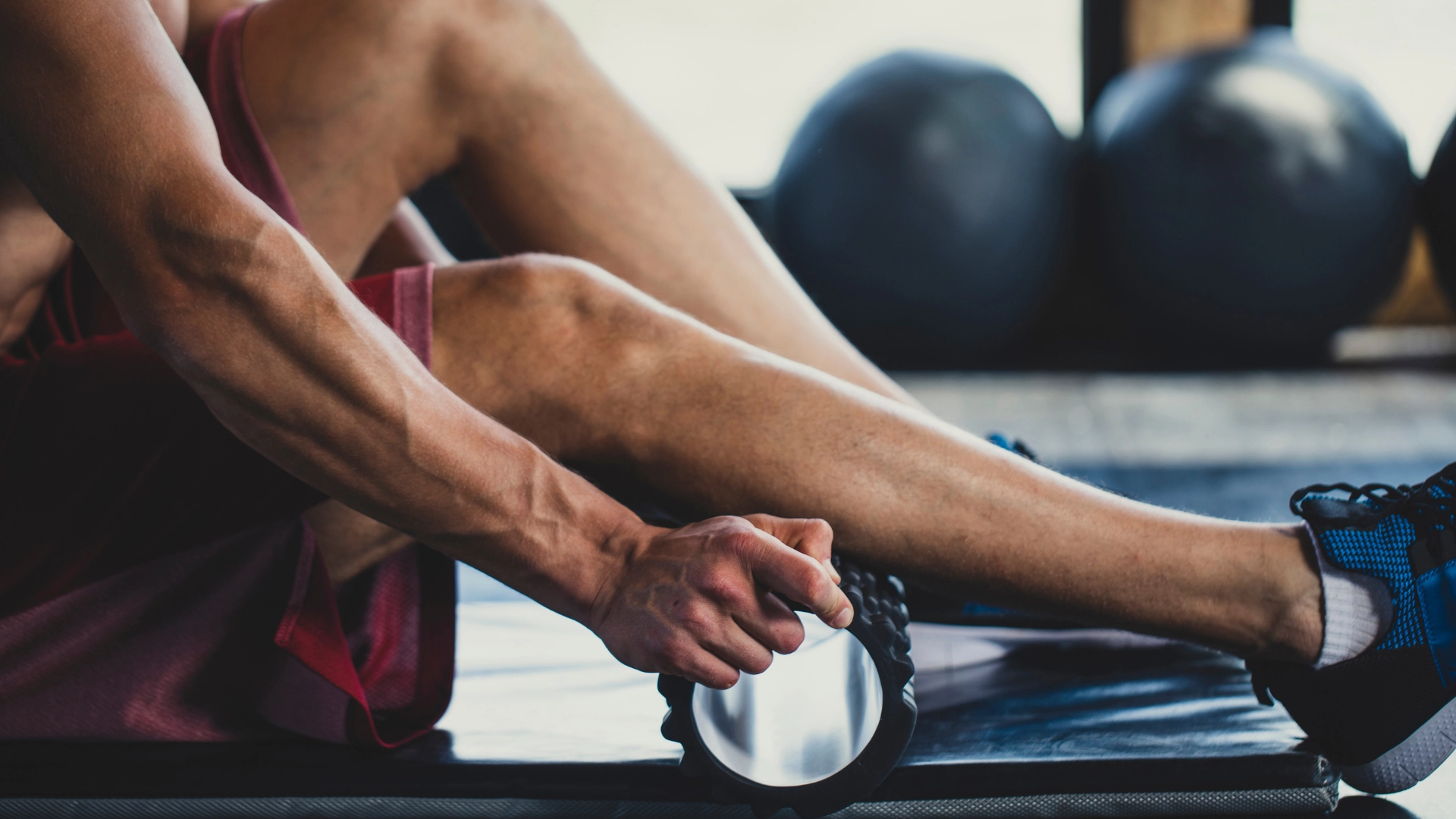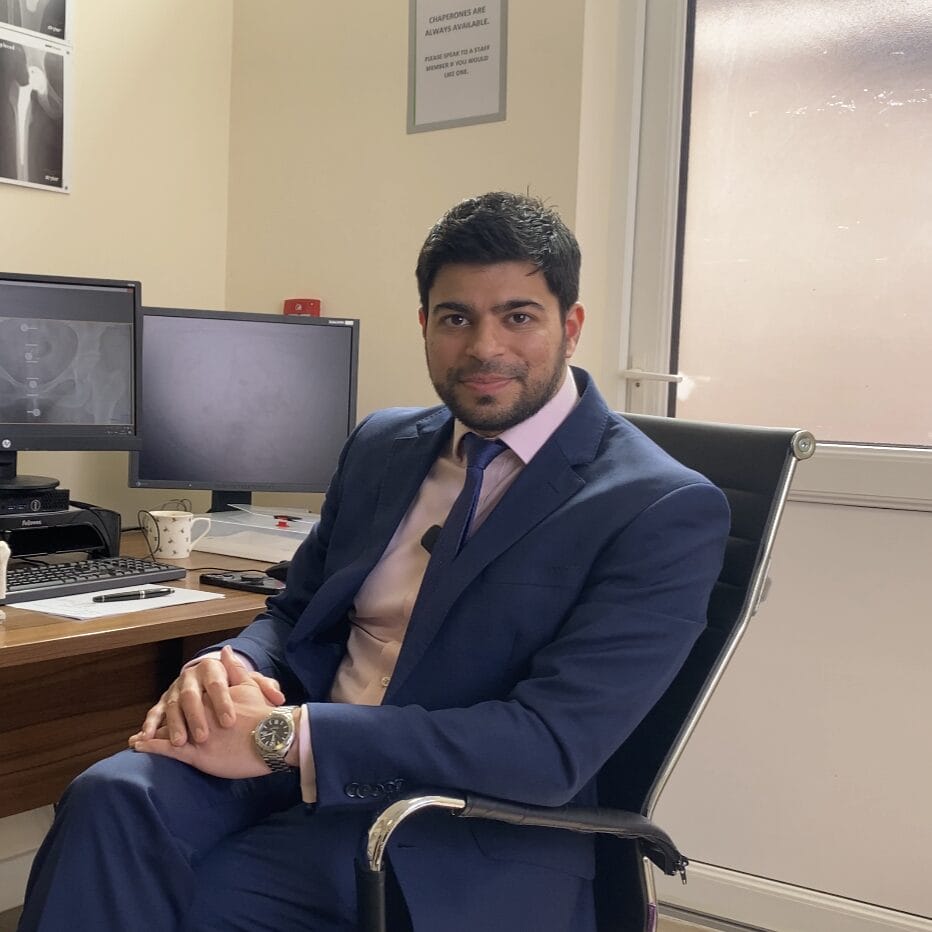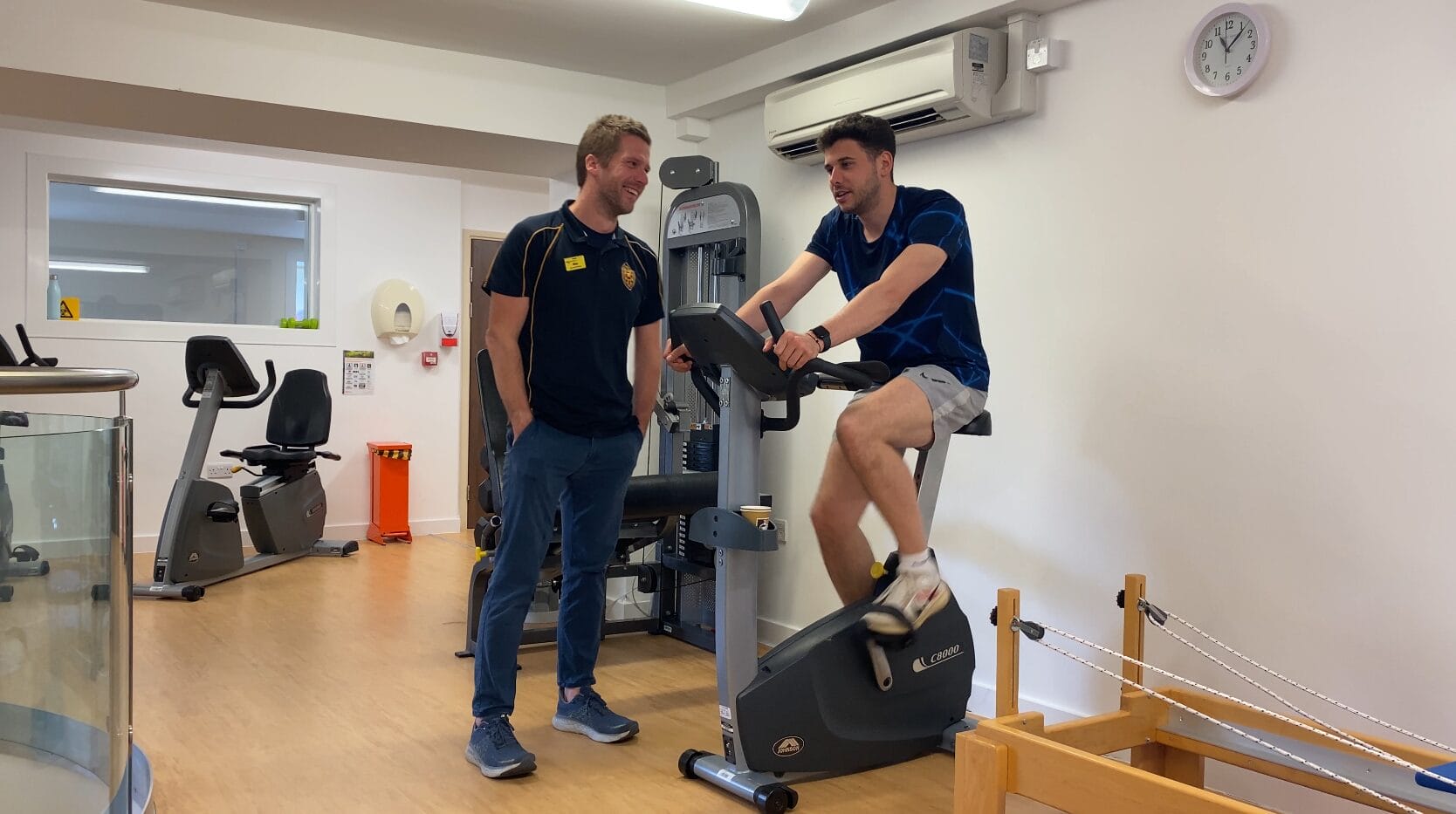Hip pain is a common complaint that can affect people of all ages, in all walks of life. It can impact people in many different ways — from causing soreness in the groin, buttocks or knee, to restricting mobility.
What causes pain in the hips?
There are many possible reasons why you may be experiencing hip pain. The cause of your hip pain will usually depend on a few different factors such as your age, whether you’ve been injured, whether you were born with a condition that affects the shape of your hips, and so on.
Some of the more common causes of hip pain include:
- Osteoarthritis
- Strain or sprains
- Rheumatoid arthritis
- Trochanteric bursitis
- Joint infections (known as septic arthritis)
- Hip fractures
Pain in your hip and buttock may also come from problems with your back (we call this ‘referred’ pain) as the nerves in these areas are closely related.
The symptoms of each of these causes can differ, but can ultimately result in hip pain.
How to ease hip pain
Treatment for hip pain will depend on the cause and severity of your pain. It’s best to see a consultant who will be able to accurately assess your condition, the underlying cause of your hip pain and provide a suitable treatment plan.
Often, hip pain can be managed through lifestyle changes, physiotherapy and over-the-counter pain relief, and may resolve itself over time.
However, in some cases, hip replacement surgery may sometimes be necessary. Replacing the damaged joint with a working artificial one can help to ease long-term pain and stiffness, and improve quality of life.
Pain relief medication
Pain relief medications that are available over the counter can be used to help ease hip pain. Paracetamol and non-steroidal anti-inflammatory drugs (NSAIDs) such as ibuprofen can be taken to alleviate the pain.
Some people find that these medications are strong enough to provide them with relief. However, this isn’t always the case. If over-the-counter pain relief isn’t working to relieve your hip pain or the pain is getting worse, seek advice from your GP. They may prescribe you stronger pain relief or want to investigate the cause of your hip pain further.
Stretch, strengthen and stabilise
Exercise is a great way to strengthen, stretch and stabilise your hip joint — working to alleviate hip pain.
Standing hip flexions
Hip flexions are one exercise that can be done to provide pain relief. This is where you stand upright, extend one arm that can hold onto a steady surface for support, and then raise one knee to hip height before placing it back down. You’d then repeat this movement with the other knee. Between 5 and 10 repetitions can be enough of this exercise to help strengthen your hip and stretch your muscles.
Hip extensions
Hip extensions are another simple exercise that can work to stretch and strengthen the hip, as well as provide pain relief.
To complete this exercise you’ll need to stand upright with your feet shoulder-width apart, extend both arms out in front of you — you may want to lean on a chair or a wall for support, and then, while keeping one leg straight, lift the other one backwards without bending the knee.
You want to lift the leg as high as is comfortable, before clenching your buttocks and holding the position for five seconds. Repeating this exercise 5–10 times on each leg could strengthen your hip joint while simultaneously alleviating pain in the long run.
Heel-to-buttock exercises
Heel-to-buttock exercises can be used to provide a deep stretch in the hip joint, and it’s an easy movement to do too.
Simply stand upright with your feet shoulder-width apart, bend one knee and bring the heel up towards the buttocks. You can grab the front of your foot for extra support and pull it closer to the buttocks, giving a deeper stretch. Slowly lower the leg and repeat on the other side. 5–10 repetitions are recommended for this type of exercise.
Completing exercises like this when you have hip pain can ease stiffness and aim to provide you with some long-term relief — but avoid pushing your body too far and injuring yourself further.
Use heat and cold
Immediate, short-term relief from hip pain can be achieved by using heat and cold treatments.
Using cold therapies such as ice could help when you have swelling or inflammation, as the cold can potentially lower inflammation and soothe pain. Never place ice directly onto the skin — always make sure you use a barrier such as a towel.
Heat can also be effective at providing short-term hip pain relief, as it can help relax the muscles and alleviate pain. Heat can also work to increase blood flow to the affected area and promote healing. Again, never place anything hot directly onto the skin as you could easily burn yourself.
Heat or cold therapies can be used for 15 minutes at a time, and you’ll need to leave a few hours between treatments. If you notice any changes to the colour of the skin in the area or any blistering, then stop using the heat or cold and seek medical advice.
Daily exercise
Daily exercise can be a good way to strengthen the muscles in your body and keep stiff joints at bay. Staying sedentary can cause the joints to stiffen up, potentially increasing hip pain. Even moderate movements daily can help — no matter your ability.
Try taking it slow and starting with simple exercises daily, and you’ll gradually be able to increase the intensity as your muscles and joints grow stronger.
Avoid high-impact activities
If you are experiencing hip pain and stiffness, it is recommended to engage in gentle stretching and exercises to alleviate the discomfort. However, it is important to avoid high-impact activities that could potentially exacerbate the pain. Activities such as running, rugby, jumping workouts, and extreme sports like skiing should be avoided.
Low-impact activities like walking, yoga, swimming or cycling can be much more beneficial for hip pain — you might not need to exert yourself as much and they will be easier on your joints.
Water workouts
Getting into the water for a workout can be a great way to support your joints and alleviate hip pain. Exercising in the water can allow your movements to be freer and smoother, as the water takes the pressure off the joints.
It can also provide the body with a good amount of resistance that helps the muscles to grow stronger. By incorporating water workouts into your routine, you may find that your hip pain decreases as your muscles grow and joints become stable.
Speak to your physiotherapist about water exercises that will help your hips. Your local pool may even offer water aerobics classes that can help keep you fit without putting pressure on your joints.
Hip pain treatment at The Horder Centre
For many people, hip pain can be managed or even fully resolved using the above methods. In other cases, further treatment may be needed. Sometimes, hip replacement surgery may be the best course of action for treating long-term hip pain and stiffness — helping you return to normal life again.
If you’re experiencing hip pain regularly, contact us today to speak with one of our consultants about further hip pain treatment. They’ll be able to provide you with expert advice and help you take the steps to ease your hip pain.
What makes Horder Healthcare unique
Horder Healthcare is committed to providing the very best quality of care for our patients and customers. We are continuously working on improving and reducing risks and this is reflected in our consistently high CQC results, patient satisfaction questionnaires and minimal levels of infection.
We are a charity
We reinvest our profit to benefit more people and help us achieve our aim of advancing health.






